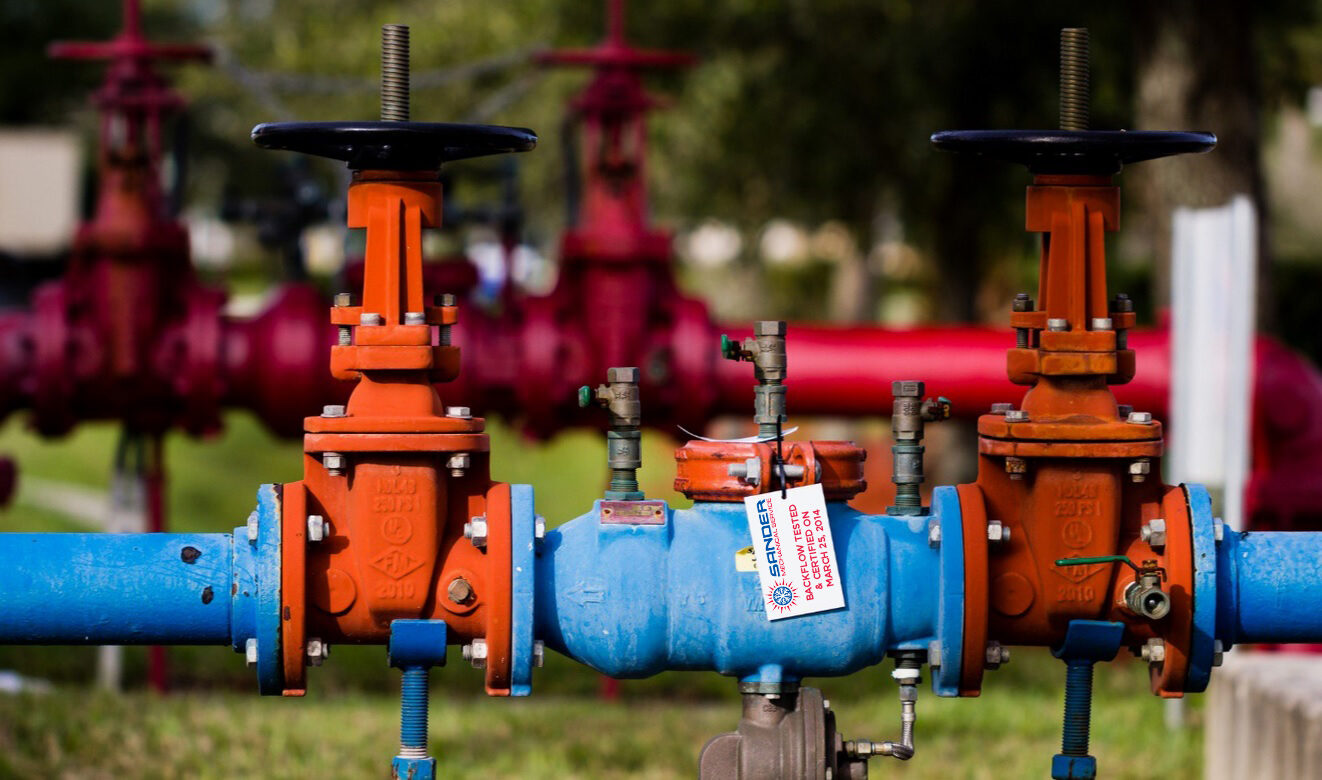They are making a number of good points regarding Backflow Testing in general in this article beneath.

Yes, you need to backflow examination your home's water to guarantee that the water is devoid of toxins as well as unsafe levels of chemicals. Due to the tools called for and space for error, you must not try to perform backflow testing by yourself. We recommend that you call an expert plumber every number of years to test your water.
Backflow Can Impact Both You as well as Your City
Because unsafe heartburn can affect the public water supply in enhancement to a single structure, numerous cities develop backflow standards. Thankfully, modern-day cities have backflow gadgets in position that safeguard the water that comes from a lot of residences as well as business residential properties. The genuine risk originates from irrigation systems, which can hurt the water system with hazardous plant foods, manure, as well as other chemicals.
What Creates Heartburn?
A regular reason of heartburn is a loss of water stress that creates the water to siphon back right into the water supply. After some time, there is a loss in water stress and also the pipe starts to draw the water back right into the water supply. As you can imagine, there are now chemicals from the paint that are entering the water supply, potentially positioning a risk.
Backflow Testing is Needed by Law in Certain Cities
Depending on where you live, you might actually be called for by regulation to backflow examination your legislation. As an example, Iowa City keeps a record of all buildings served by the city's water system. The city calls for that specific "high-hazard" centers go through backflow screening. In many cases, houses such as homes as well as apartment buildings are affected.
You Can Avoid Backflow
The primary function of a backflow device is to avoid water from flowing in reverse right into your water supply. Plumbing technicians install the gadget on the pipelines in your residence to ensure that the water only streams in the proper direction.
What is Backflow?
Simply put, backflow is when water moves upwards-- the contrary direction in the plumbing system. This is likewise referred to as "backpressure." When the water relocates this direction, it can mix with damaging toxins and posture a threat.
Call a Plumber to Evaluate for Backflow Prior To It is Too Late
A plumbing company can rapidly check your house's water to identify if there are any kind of unsafe chemical degrees. As well as if you do find that your water has high degrees of toxins, a plumber can easily install a backflow avoidance tool.
Yes, you require to backflow examination your house's water supply to make sure that the water is complimentary of toxic substances as well as dangerous levels of chemicals. Numerous cities establish heartburn standards because dangerous heartburn can impact the public water supply in addition to a single building. A typical cause of backflow is a loss of water stress that creates the water to siphon back right into the water supply. After some time, there is a loss in water stress as well as the pipe begins to suck the water back right into the water supply. The main purpose of a heartburn tool is to stop water from streaming backward right into your water supply.
WHY DOES BACKFLOW TESTING NEED TO BE DONE EVERY YEAR
What Is Backflow?
Toxic gas backing up into a building is one example of potential backflow issues, but backflow can occur in many other ways.
Backflow is generally referred to as the reversal of a liquid or gas in a plumbing system.
Most issues for the public occur with backflow resulting in contaminated drinking water. If you look up backflow issues online you’ll probably find references to “potable” water. That means drinking water.
There have been backflow issues in the past with drinking water. Chemicals, sewage and other contaminants have found their way into drinking water causing health issues for those that count on the fresh water.
What Causes Backflow?
In a residence or commercial building water generally flows one way. This normal flow is usually driven by consistent pressure in the water and waste system.
Anything that changes the normal pressure in the system can lead to backflow.
Fire hydrant use or malfunction can reverse the normal pressure in the system on a city line, but backflow can occur in a number of different ways.
Sometimes backpressure might be caused by someone using a garden hose and submerging the end of the hose in a pool of liquid. If pressure is lost the flow could reverse and contaminants could be released into the drinking water.
Anytime there is a connection between contaminants and the drinking water there is potential for a backflow issue. Sometimes these connections are not immediately obvious like the garden hose connecting to a building’s drinking water supply.
Backflow Regulations
The Environmental Protection Agency (EPA) provides guidelines and regulations for state and local governments regarding backflow. State and local governments also have their own guidelines and regulations for backflow prevention.
Arizona has its own backflow regulations.
Due to issues with backflow in the past, regulations require backflow preventer devices to be used in nearly all residential and commercial buildings.
A backflow preventer is a device that prevents backflow as cross-connection points where potential backflow issues may occur.
While backflow is not a common occurrence, preventers are in place to make sure there is no contamination should something malfunction or go wrong with a building’s water supply.

I ran across that blog post on Is backflow testing necessary? when doing a lookup on the web. Kindly take a moment to distribute this blog entry if you appreciated it. Thanks a lot for going through it.
Details